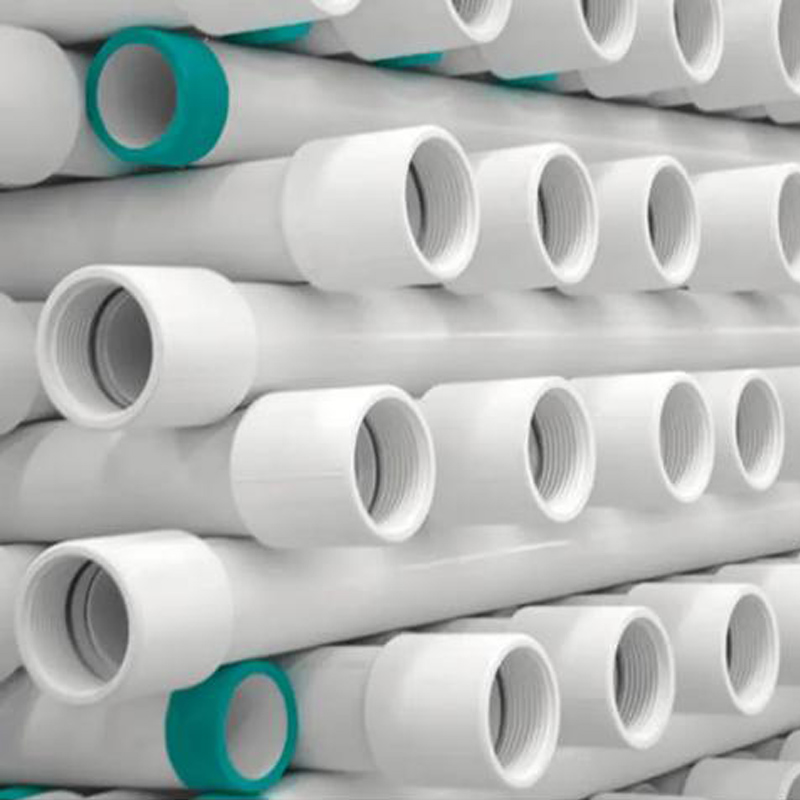Sep . 10, 2024 20:12 Back to list
PVC Pipe Types and Sizes - Comprehensive Guide to PVC Piping Solutions
Understanding PVC Pipe Types and Sizes
Polyvinyl chloride (PVC) pipes are among the most widely used plumbing materials due to their durability, versatility, and cost-effectiveness. This article will delve into the various types of PVC pipes and their sizes, helping you make informed decisions for your plumbing or construction projects.
Types of PVC Pipes
1. Schedule 40 PVC Pipes These are the most common type of PVC pipes used in residential plumbing. They are designed to handle moderate pressure and are suitable for various applications, including water supply lines and drainage systems. Schedule 40 pipes have a thinner wall compared to Schedule 80, making them lighter and easier to handle.
2. Schedule 80 PVC Pipes These pipes are thicker and capable of withstanding higher pressures. Schedule 80 PVC is typically used in industrial applications where the durability of the pipe is crucial. This type of pipe is often employed in harsh environments, such as chemical processing or high-pressure systems.
3. PVC DWV Pipes DWV stands for drainage, waste, and vent. These pipes are specifically designed for draining wastewater and are not used for pressurized systems. They are characterized by their larger diameter and help in efficiently carrying sewage away from buildings to municipal systems.
4. PVC Foam Core Pipes These pipes are lightweight and easy to install, making them an excellent choice for residential plumbing. They have a foam core that enhances insulation and offers good performance in non-pressurized applications.
pvc pipe types and sizes product

5. PVC Pressure Pipes Designed for high-pressure applications, these pipes are often used in irrigation and industrial applications. They come in various sizes and are suitable for transporting fluids under pressure, ensuring efficient flow rates.
Sizes of PVC Pipes
PVC pipes are available in a range of sizes, typically measured in diameter. Common sizes include
- 1/2 inch Often used for residential water supply lines and irrigation. - 3/4 inch Commonly utilized for services that require higher volume and pressure. - 1 inch Frequently used in larger plumbing fixtures and industrial applications. - 2 inch and larger Suitable for drainage systems, irrigation, and larger plumbing needs.
When selecting the size of your PVC pipe, consider the specific requirements of your project, including the flow rate and the pressure it needs to withstand.
Conclusion
PVC pipes are an essential component in modern plumbing and construction due to their strength, resilience, and variety. With different types designed for specific applications and a range of sizes to choose from, selecting the right PVC pipe for your project can significantly impact its efficiency and longevity. Always consult with a professional to ensure you choose the right type and size based on your particular needs. Understanding these aspects of PVC pipes will enable you to make the best choices for your plumbing systems.
-
High-Quality PVC Borehole Pipes Durable & Versatile Pipe Solutions
NewsJul.08,2025
-
High-Quality PVC Perforated Pipes for Efficient Drainage Leading Manufacturers & Factories
NewsJul.08,2025
-
High-Quality PVC Borehole Pipes Durable Pipe Solutions by Leading Manufacturer
NewsJul.08,2025
-
High-Quality PVC Borehole Pipes Reliable PVC Pipe Manufacturer Solutions
NewsJul.07,2025
-
High-Quality UPVC Drain Pipes Durable HDPE & Drain Pipe Solutions
NewsJul.07,2025
-
High-Quality Conduit Pipes & HDPE Conduit Fittings Manufacturer Reliable Factory Supply
NewsJul.06,2025

